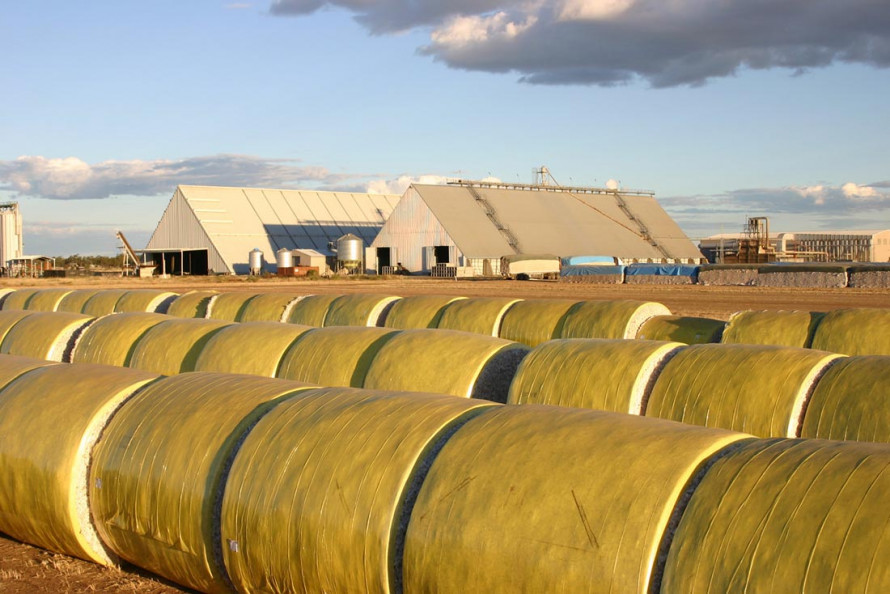Restrictions on sales of Australian cotton to China have had a big impact on exports, but Vietnam, Turkey, Indonesia and Bangladesh are helping to pick up the slack.
China's restrictions on Australian cotton imports - introduced last year - likely concerned growers more than any other headlines.
After all, a drop in interest from the world's number-one importer - which takes, on average, 50 per cent of our seasonal cotton crop - has significant consequences.
Now, five months since the announcement - and with the picking season approaching - it is time to question what the impact of China's cotton restrictions have been so far.
There is no escaping the bad news.
Australian cotton trade to China has slumped dramatically since late 2020.
Monthly 2020-21 cotton exports averaged 40,830 bales through to November, according to Australian Bureau of Statistics (ABS) data.
This fell to just 2000-3000 bales for the months of December 2020 and January 2021.
In other words, China took 58 per cent of our 2020-21 exports before the restrictions were announced. But it is now taking only 3-5 per cent following the restrictions.
It is interesting to note, though, that Australia's overall cotton export volumes have remained strong, as nations such as Vietnam, Turkey, Indonesia and Bangladesh pick up the slack.
But unfortunately for us, overall Chinese cotton imports are set to hit a seven-year high in 2020-21 - as purchases from the US rival the 2011-12 season and are now at 4.7 million bales.
So China's appetite remains undeterred.
Such a sharp drop in export demand doesn't go unnoticed in physical markets.
Basis has been the real victim here.
After averaging 700 points through 2020, local 2021 season basis has averaged just 300 to 400 points to start the year.
This trend goes against what we notice in Brazil, where basis has been rising recently, and the latest rally in the US ICE #2 Cotton contract.
While we're at it, let's not forget the headwinds of a strong Australian Dollar - versus the US Dollar - which is expected to persist through 2021.
Surely it can't be all bad news, as prices are at 12-month highs after all.
Interestingly, while China's decision to buy less Australian cotton plays out negatively for basis, it has - indirectly - been a big part of recent global price strength.
Without Australian cotton, the significant volumes China is purchasing from the US will erode its domestic stocks by about 40 per cent this season.
This supports world prices in a big way - up 11 per cent year to date - and paves the way for $530-580 per bale values through 2021, according to Rabobank.
That is still a fair margin for growers, despite the other challenges previously outlined.
We also note a high chance of the US eroding stocks next season - in 2021-22 - which indicates a positive outlook for further out than just 12 months.
There are certainly no guarantees if, or when, China will return to purchase Australian cotton.
That rests with our politicians and negotiators.
And there is certainly no masking the substantial impact that this, so far, has had on Australian cotton.
Exports to China are now just an ember of their previous bonfire, and local basis is notably under pressure.
But despite all this doom and gloom, prices remain remarkably strong, alternative markets have opened and global consumption will continue to recover into 2022.
It is time to keep calm and carry on, just as the upcoming 2.4 to 2.5 million bale crop gets picked, ginned and traded with the world.


